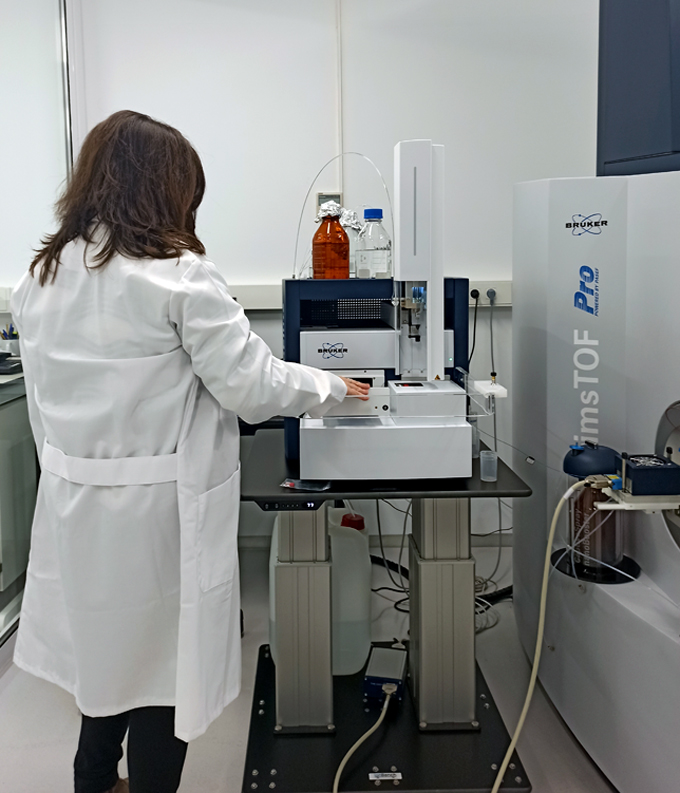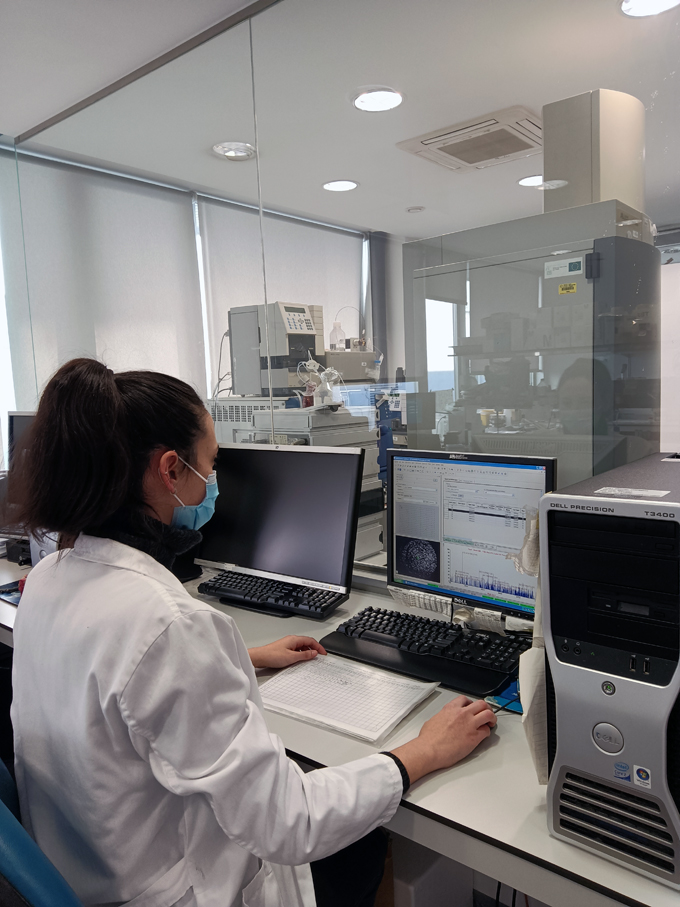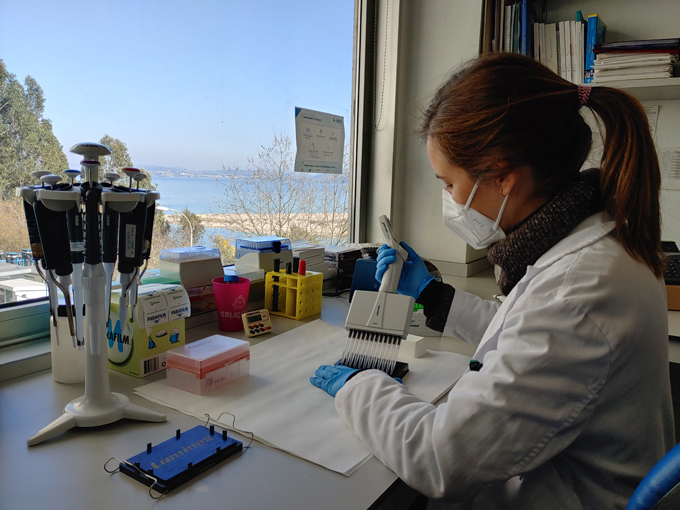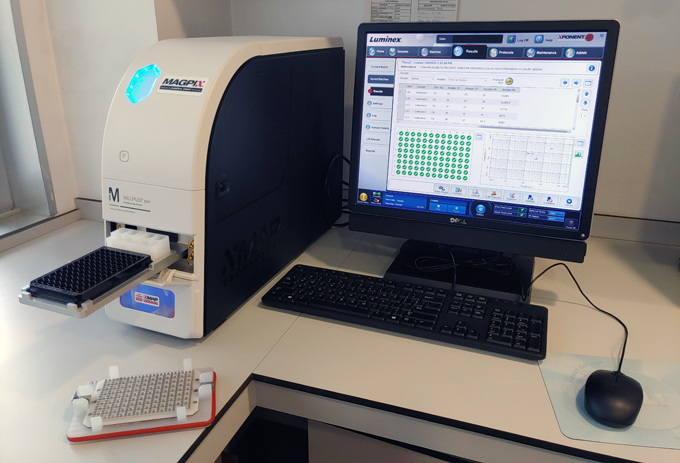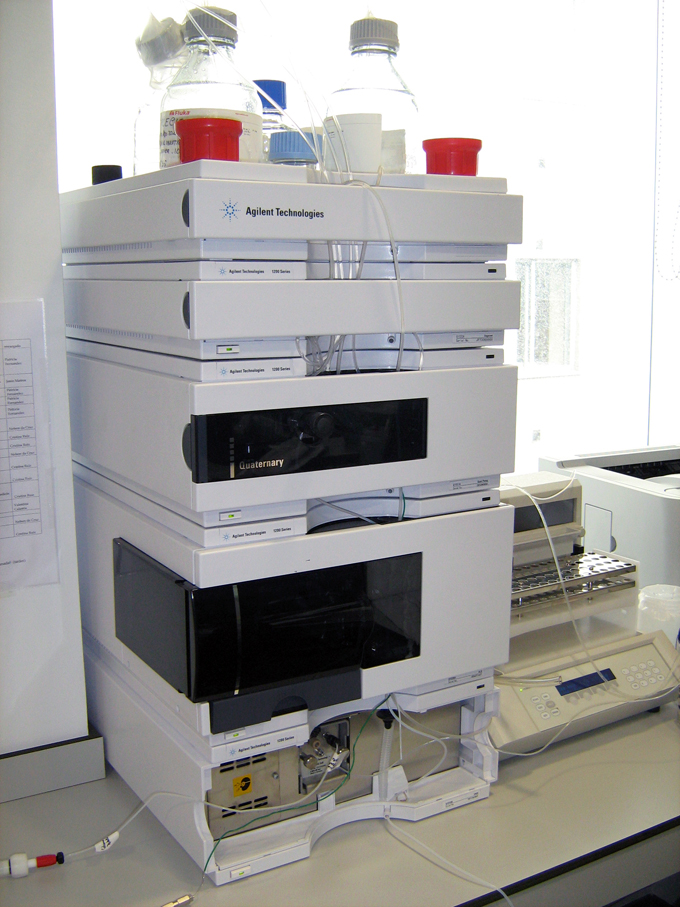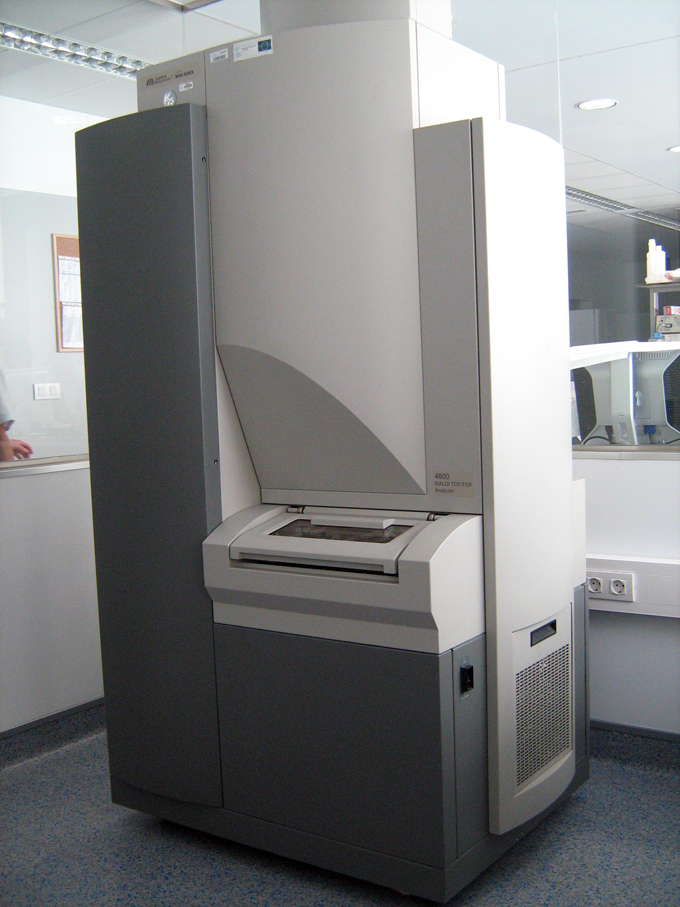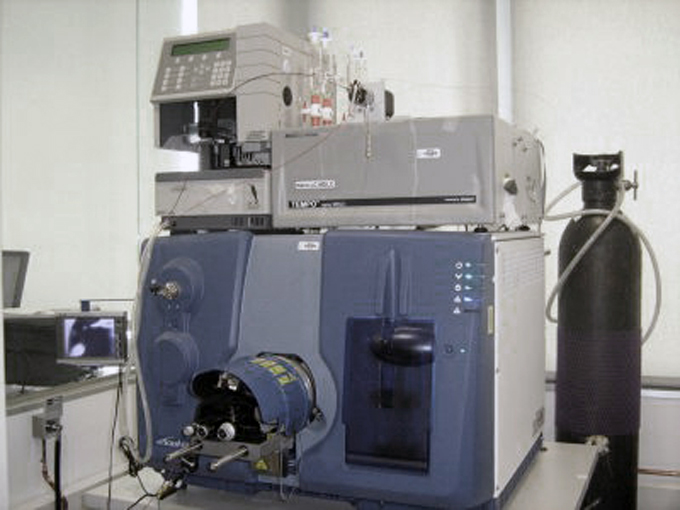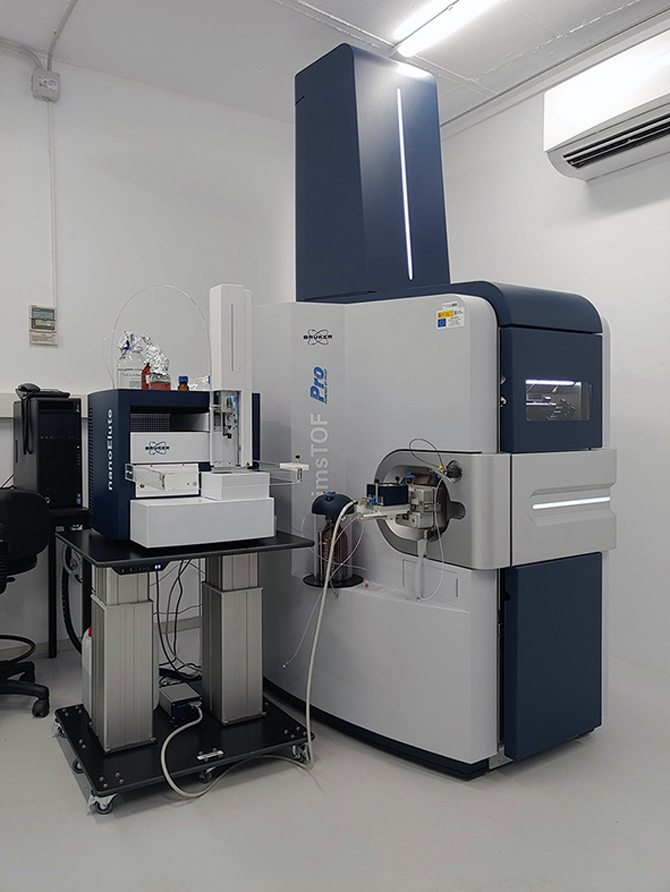U30-S04. Quantitative shotgun proteomics by nLC-MS/MS
Quantitative shotgun proteomics by nLC-MS/MS
Description: Large-scale relative quantification of proteins in biological samples by nano-flow high performance liquid chromatography combined with mass spectrometry. It can use either data-dependent (DDA) or data-independent (DIA) acquisition modes. Quantification can be performed via label-free (LFQ) or protein/peptide isotopic labelling using SILAC, iTRAQ or TMT reagents. The output of this analyses are lists of proteins identified in the samples together with quantitative information obtained from the area displayed by each peptide in the mass spectra, and can then be compared across experimental conditions.
Applications: Protein profiling, biomarker discovery, drug discovery (protein target identification), development of precision medicine approaches, etc.








